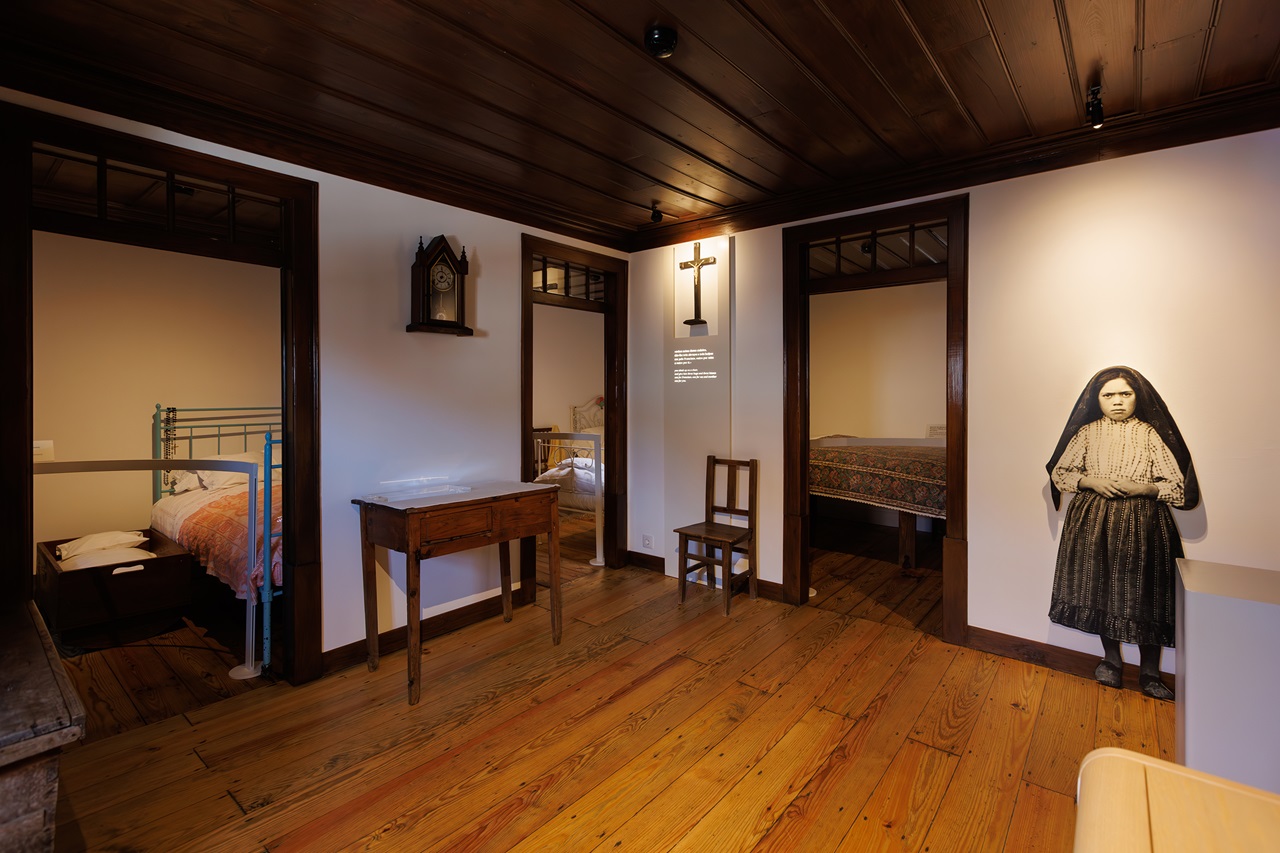02 july, 2024

Lucia's house reopens to the public and shows lesser-known sides of the Fatima seerLocated in Aljustrel, the house where Lucia de Jesus was born and spent her childhood can be visited from 5 July.
A refined renovation process and a new museography have transformed the house where Lucia was born and lived until the age of 14, in Aljustrel, Fatima, into a museum space where pilgrims and visitors will find not the Dorothy Lucia or the Carmelite Lucia, but Lucia during her childhood. After a period of being closed to carry out building work, Sister Lucia’s House reopened to the public on 5 July. It is free to visit daily between 9:00 am and 12.45 pm, and between 2:00 pm and 5:45 pm. The house-museum that is now on display retains the configuration of a rural residence from the late 19th and early 20th centuries, and the spaces into which it is divided can be visited: three bedrooms, a kitchen, a loom room, a storeroom and the kiln house.
The main difference with the previous museum project, which was already considered “obsolete”, is what Marco Daniel Duarte calls the “museology of silence”. “Since it’s a house-museum, what the museologist has to do is perceive the space, delve into what this space means understanding the space in its diachrony of use, during the time that it has had successive uses,” explains the director of the Museum of the Shrine of Fatima and coordinator of the museum project. The works were preceded by a “very in-depth study of the sources of information”, especially “the memoirs of Sister Lucia herself, as well as some letters in which she describes, room by room, division by division, what existed in each of the spaces”. In the house, visitors are welcomed by Lucia de Jesus herself, represented by the seer’s most famous photograph, taken in 1917. In the various rooms, multimedia projections seek to “also bring back her memory, her voice, perhaps a silent voice that pilgrims are invited to rediscover when they enter this new space,” says Marco Daniel Duarte. The house’s furniture has also been restored, but the biggest surprise will be the relationship between Lucia and her mother, the space’s guardian figure. “Lucia’s mother was the catechist of the place and we know that there were books in this house. We often look at this place as an inhospitable place, lost in the mountains, where culture doesn’t reach, where religious and even profane literature doesn’t reach. In fact, we know that this is not the case,” says Marco Daniel Duarte.
In the intervention that has now been carried out in the house, the museography was the responsibility of the author of the requalification project, architect Humberto Dias, assisted by engineer Luís Andrade, from the Construction and Maintenance Department of the Shrine of Fatima, and by conservator-restorer Ana Rita Santos, from the Conservation and Restoration team of the Museum of the Shrine of Fatima. |